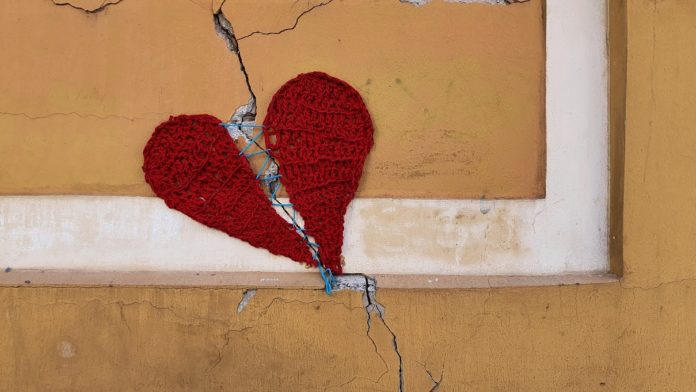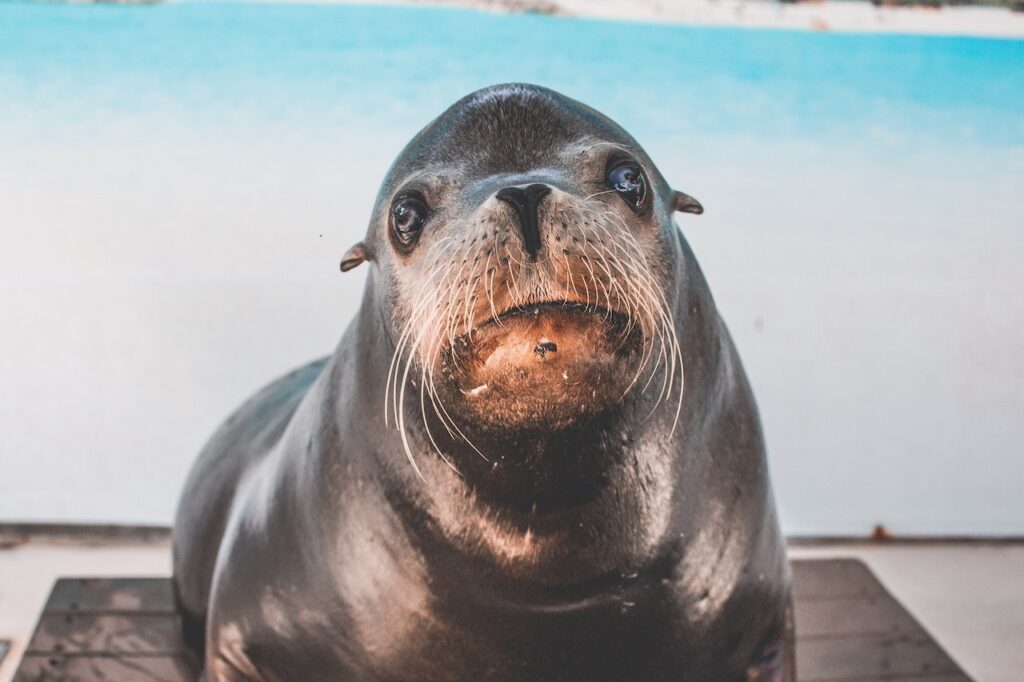
Some animals come to this world more self-sufficient than others. Think about many documentaries you watched where an animal is born and then almost instantly starts to walk or swim and is practically capable of solo living. Then think about us humans (and our evolution) and how helpless human babies are when they are born and how helpless they are for many years to come.
There are many different bonds, connections, and relationships between newborn children of various animals (including humans). For example, the bond between an orangutan mother and her young is one of the strongest we know in nature.
Throughout the first two years of their lives, the young rely entirely on their mothers for both food and transportation. The moms stay with their young for five to seven years, teaching them where to find food, what and how to eat, and different techniques for building a sleeping shelter. Furthermore, female orangutans visit their mothers until they reach the age of around 15 years old.
Elephants are also fascinating. They live in a matriarchal society, which means that other females in their group help in raising baby elephants. By watching the adults, the calf learns which plants to eat and how to behave in a certain way. Mother elephants are very careful with their young ones, and they live with them for a rather long period. On the other hand, male elephants mostly live a solitary existence.
Some predators are also there for their young ones for a prolonged time. Namely, cheetah mothers raise their young in isolation. They move their litter every couple of days to prevent a build-up of odor that predators can track. After 16 to 18 months of training as hunters, the young cheetahs can finally leave their mothers.
The cubs then form a family group that will stay together for another six months or so.
Animals Who Are Not So Loving To Their Newborns

On the other hand, many animals are not so helpful to their young ones. For example, harp seals, who are cute beyond imagination, well, in fact, they are doing something completely different. Mothers of these gorgeous little ones are highly devoted for the first twelve days. They do not eat at all during that period.
However, once the feeding is over, that’s it for mother-child bonding — she’s immediately out of there, finding a partner and mating again. Unlike many other species with such abrupt detachment from their mother’s care, the harp seal child can’t go on to survive on its own just yet.
Instead, it is left alone on the ice for the next month and a half, leaving it extremely vulnerable to different predators. Typically, babies lose a significant portion of their body weight (on average around half of the body weight) during this starvation period.
Then, if they survive for the next couple of weeks, they are ready to swim and start hunting for food. With a “wonderful” childhood like this, it’s no surprise that at least 20-30% of all pups die during their first year.
There are other similar examples. Pandas, one of the cutest living creatures, can do some horrible things (as per our standard). Namely, although pandas often have twins (50% of the time on average), they rarely care for more than one of them. Mom chooses the weaker of the two babies and starts ignoring him or her in favor of the stronger sibling.
Interesting approach, huh?
Is Love Important for Development?
However, we can all agree that human-animal goes into a completely different category than anything else in the animal world. First, we have a very long gestation period. Only elephants and maybe a couple of other animals come even close. The average gestation period of humans is 280 days or 40 weeks, while elephants have a more extended gestation period of around 640 to 660 days or 95 weeks.
Additionally, giraffes, rhinos, camels, walruses, whales, dolphins, sharks, tapirs, and donkeys carry their child longer than humans. That’s about it. Since there are around 8,7 million species on Earth by some science approximations, one can easily say that we humans are in the top corner when the gestation period is concerned.
Love and carrying are even more pronounced in humans. As mentioned at the beginning of this post, some animals are magnificent mothers (and fathers); however, nothing comes even close to human mothers and fathers (well, at least in most cases).
In the majority of situations, human children and their parents stay in contact their whole life. Additionally, human children are incapable of living on their own for many years to come. Sometimes this is 16 years, sometimes 18, sometimes 24, but it can also happen that a human child stays in a “parent’s nest” for their whole life.
Furthermore, one thing that is quite important in human life is love. Love is rather hard to define. It is different than caring for someone. Love consists of a range of strong and positive emotional and mental states, from the most sublime virtue or a good habit to the deepest interpersonal affection and the simplest pleasure.
Ancient Greek philosophers named five different forms of love: familial love, friendly love or platonic love, romantic love, guest love, and divine love. Modern authors have recognized further varieties of love: unreturned (unrequited) love, empty love, companionate love, consummate love, infatuated love, self-love, and polite or courtly love.
Apart from different categories of love, evolutionary psychology tried to provide various reasons for love as a survival tool. As mentioned, humans are dependent on parental help for a large portion of their lifespans compared to other mammals. Love was therefore seen as a mechanism to promote parental support of children for this extended timeframe.
Additionally, researchers as early as Charles Darwin himself identified unique features of human love compared to other mammals and credited love as the main factor for creating social support systems that enabled the development and growth of the human species.
And this is very important for this post because the question revealed at the beginning is: How would a human child develop without external influence and love?
Real Experiments
Unfortunately, in somehow modern history, there have been experiments with real children asking the same question with actual consequences. In the United States, in 1944, an experiment was performed on 40 newborn babies to determine whether individuals could prosper alone on basic physiological needs but without affection/love.
Twenty newborn babies were placed in a special facility where caregivers would feed them, change their diapers and provide all needed physiological care, but they would not do anything else. The caregivers had been ordered not to look at or touch the babies more than what was necessary.
Also, they were instructed not to communicate in the room with babies at all. All their physical needs were attended to rigorously, and the environment was kept sterile, with none of the babies becoming ill.
The experiment was stopped after four months, by which time at least half of the babies had died. At least two more died even after being rescued and brought into a more natural and familial environment. There was no physiological cause for the babies’ deaths as they were all physically very healthy.
Each baby died in a specific behavioral pattern. Namely, there was a period of time when they stopped verbalizing completely with their caregivers, and mostly they also stopped moving, crying, and changing expressions. After that kind of behavior, death followed shortly.
As this was taking place, in a separate facility, the second group of twenty newborn infants were raised with all their basic physiological needs provided and with the addition of love and warmth from their caregivers. This time, luckily, the outcome was as expected, and no deaths were encountered.
The conclusion was that nurturing and love is very important need in humans. Additionally, many researchers discovered that human babies need human touch in their development. T
ouch can ease pain, lift depression and impact all kinds of psychological challenges. But basic touch is even more important than this as babies who are not held, snuggled, and hugged enough can stop growing, and if the situation lasts long enough, they can even die.
Weird Experiments

There were also many weird experiments during history, especially if we go back a couple of centuries. To be more precise, in the thirteen century, when the German king, Frederick II, conducted a diabolical experiment intended to determine what language children would naturally grow up to speak if never spoken to.
Funny enough (if the word funny can be placed in the same paragraph as this disastrous experiment), he, of course, thought they would naturally speak German. Having these insane thoughts, he took babies from their mothers at birth and moved them to the care of nurses who were prohibited from speaking during that time.
But a second rule was also imposed, and this was not to touch the babies. Frederick’s experiment was shortened to his great disappointment, but not before something tragically significant regarding human nature was revealed. As you probably guessed, the babies grew up to speak no language at all because they all died.
So basically, what did all those experiments demonstrate to us? Well, it is obvious – people are social beings who need love both in their young days and when they are older. That is a fact. Now, in current times we are increasingly dissocializing, and the human touch is getting worse and worse year by year.
Imagine what will happen in 10 or 50 years. If robot nannies bring up our babies, what will human relationships look like? What will the love look like? Those are questions that we all need to ask ourselves and see where we are going with all those technology “advancements” that are perhaps not needed.
Don’t get me wrong, numerous technological advancements are great for many things in our lives but perhaps not so much for real human connections. Namely, we can all witness that real nurturing and human touch, in many cases, only happens on paper.
One must surely agree that parents are spending less and less time with their children in pursuit of “fake” happiness, that is money and extreme careerism. The results of all those behaviors will be seen in the current young generation and especially in generations that are not yet born.





























